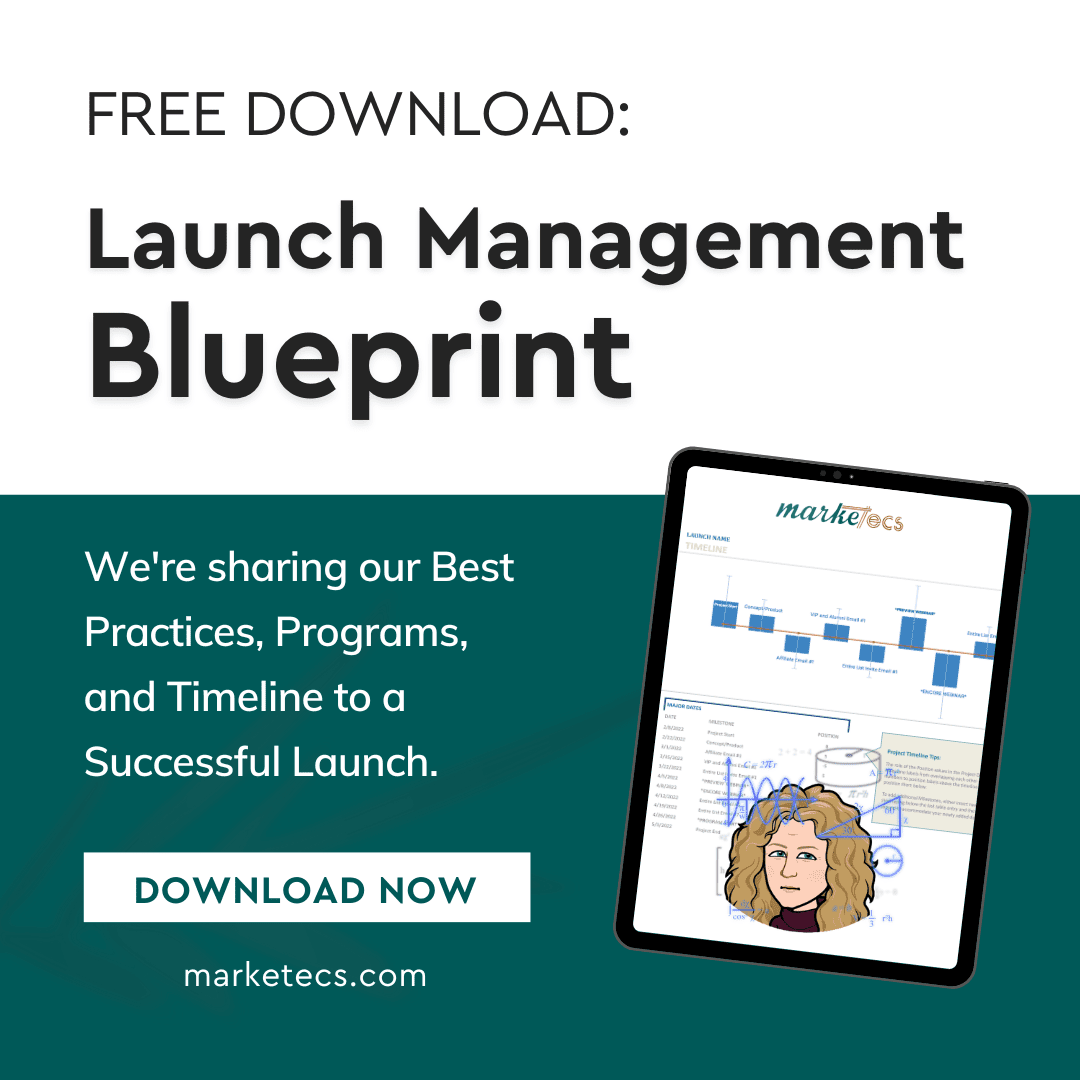An e-book is simply an electronic book, a book that can be purchased, downloaded, and read entirely online.
E-Books can be written on almost any topic that your audience would find interesting; from opinions, or motivation, to information. Almost anything goes here.
The important thing is to make the content valuable, professional, and branded; especially if you intend to use your e-book to help market or promote your business.
Here are some key components to include when creating an e-book for your business;
- Catchy Title – it’s important to choose something meaningful and search engine friendly, but you also want to capture the attention of your target audience.
- Cover – a well-designed cover will help to attract attention and provide a more professional appearance. Plus, this is what you will use to promote your e-book.
- Table of Contents – you should provide an outline of the content in your book right at the beginning. This allows your reader to skim and find appropriate material. This outline should link directly to each section.
- Introduction – your introduction should include a summary of the content, what your reader will discover, and why it’s important. This doesn’t need to be any more than one page.
- Copyright Disclaimer – you should include a disclaimer about the appropriate uses of your material and any legal or use limitations.
- Great Content – this goes without saying really, but your content must be valuable and well written. If you’re not the best writer, then hiring a copywriter can be worth the investment.
- Consistent Formatting – in addition to what you write, you need to pay attention to the formatting. Inconsistent formatting can be distracting and take away from your message, plus it’s unprofessional.
- Grammar & Spelling Check – Just like formatting, spelling and grammar are essential to portraying a professional product. Even if you’re an English major, I always recommend having a 3rd party review your content before finalizing it.
- Interesting Images – a picture is worth a thousand words, so be sure to include some interesting and appropriate imagery along with your content. Also be sure that you purchase the appropriate rights and give appropriate credit for any images that you acquire.
- Conclusion – your conclusion should include a re-statement of the mission and purpose for your book, with a statement of what you hope the reader takes from your content. This doesn’t need to be any more than one page.
- Bio – because you are creating a marketing piece, it’s always important to include your bio and contact information at the end of your content. In addition, you may have a specific ‘call to action’ or next step that you wish the reader to take. This should also be kept to about one page
 As you can see, the structure of an e-book is not that different from a traditional book. It can easily be written and designed using any word processing program, such as Microsoft Word
As you can see, the structure of an e-book is not that different from a traditional book. It can easily be written and designed using any word processing program, such as Microsoft Word, and then converted to a PDF version for viewing across multiple platforms.
As a matter of fact, when formatted correctly, Microsoft Word even assists you with cover page templates, automatically creating and updating your table of contents, and allowing you to format images.
It’s this ease of creation and sharing that make e-books a popular tool for business owners to share their information and expertise.
Plus, we recently came across a service called livrada that provides promotional cards and digital codes for e-book distribution and promotion.
Feel free to post any questions or comments about e-books, or contact us if you need help creating your own e-book.
Image courtesy of FreeDigitalPhotos.net


Comments
Pingback: 5 E-Mail List Building Ideas; Giveaway Creation and Implementation | Strategic Office Support